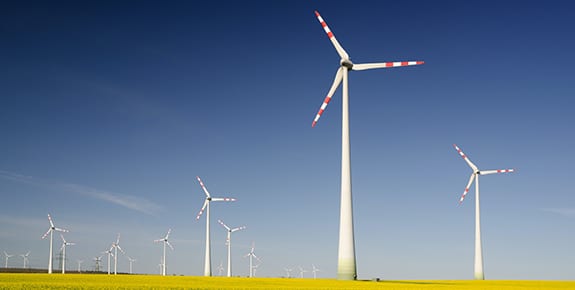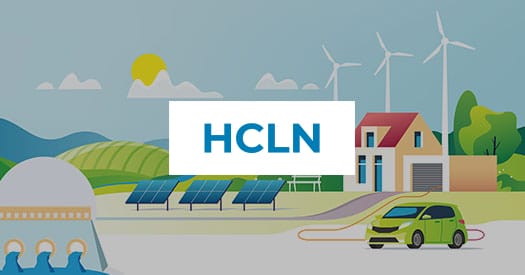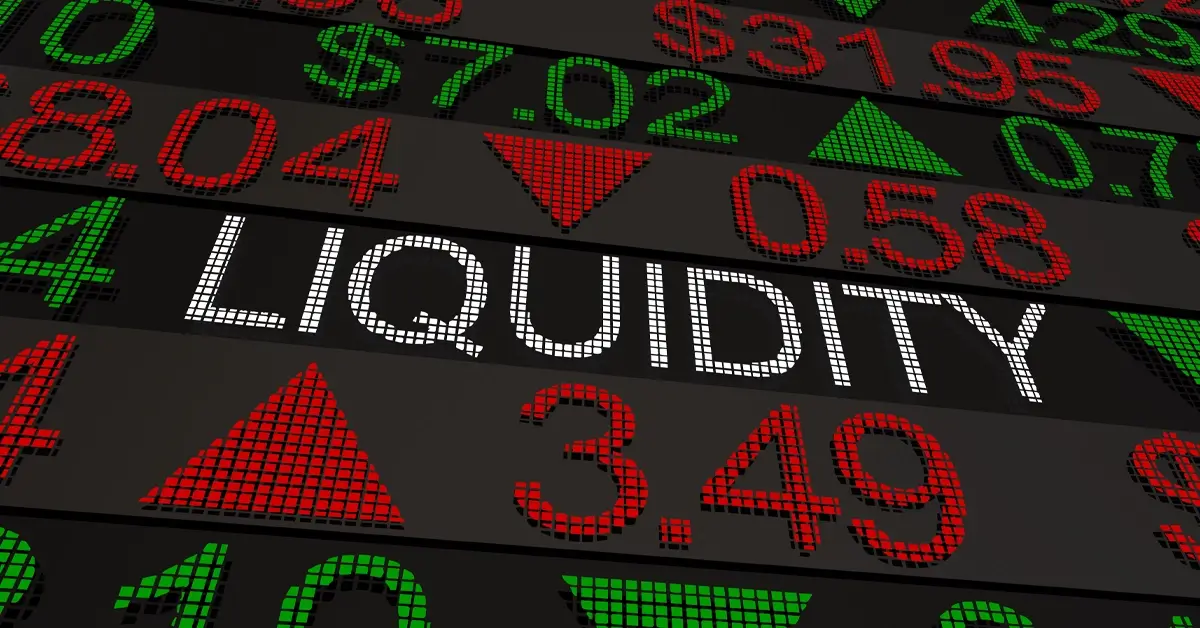By Harvest ETFs
The Inflation Reduction Act (IRA) passed by the Biden administration in the United States last year was a landmark for industries related to clean energy. The bill committed $370 billion in US funding for clean energy and combatting climate change, it served as a global tailwind for the clean energy sector.
Notable in the Inflation Reduction Act, however, were the incentives it gave for ‘onshoring’ clean energy industries. In order to qualify for much of the funding within the IRA, companies had to ensure a significant percentage of their operations were domiciled in the United States. The result is that clean energy producers with an international presence stepped up their US operations, while companies that did not have a US presence went to their own regulators seeking similar incentives.
Now, the world’s largest economic Bloc – the European Union – has moved to improve the competitiveness of renewables businesses in Europe.
“These massive governments competing to make clean energy production cheaper and easier could be really beneficial for the renewables sector,” said Mike Dragosits, the Portfolio Manager at Harvest ETFs responsible for the Harvest Clean Energy ETF. “The US stepping up its funding, followed by the EU improving regulations, and a push from China could mean massive economies are racing each other to make business easier and more profitable for clean energy producers.”
How the EU is matching the US
The EU looks set to help their clean energy companies compete with American funding. They’re not doing it with new money though, there’s already 210 billion Euro marked for clean energy in the RePower EU plan, instead they’re cutting red tape to improve competition.
Two new initiatives: the Grean Deal Industrial Plan for the Net Zero Age (GDIP) and the forthcoming Net Zero Industry Act (NZIA) have been designed to complement the economic bloc’s raft of clean energy and anti-climate change initiatives.
The GDIP’s core pillar is the construction of a predictable & simplified regulatory environment. That should, on paper, make the EU funds available in programs like RePower EU easier for businesses to access. It also shifts the incentive structure somewhat away from R&D towards larger scale manufacturing. Emphasizing scale is a notable part of the global clean energy transition captured by HCLN. While innovation continues, we now have many technologies that can produce clean energy quite cheaply. The scale and speed of implementation is now key for countries seeking energy independence and achievement of Net Zero emissions goals.
The NZIA is not as far along the approvals path as the GDIP, however it includes many notable initiatives. It targets improvements in the strategic value chain – which could facilitate faster permitting and easier access to funding. Perhaps most notably, it applies one of the EU’s most significant tools: common standards.
As dull as that might seem, the EU as a bloc of 27 states with the combined 3rd largest economy in the globe can create a global standard by setting its own common standards. EU standards for products like agricultural goods, automobiles, and even smartphones are often adopted by countries outside the EU, as they need to meet those standards to do business in most of Europe. Applying EU standards to clean energy producers could improve overall interoperability and standardization in the global sector.
Both the NZIA and the GDIP have been greeted by analysts as an EU answer to the US’ IRA. As both huge economies try to outdo each other in subsidizing and easing regulations for clean energy, one Canadian ETF is set up to benefit.
How one ETF can help investors access clean energy
The Harvest Clean Energy ETF (HCLN:TSX) is designed to capture the global clean energy mega-trend for Canadian investors. It does so by investing in an equal weight portfolio of the 40 largest global clean energy producers and equipment & services companies. It adheres to a set of rules which include mandatory global allocations, and the maintenance of an equal-weight allocation. The equal-weight mandate allows for smaller companies in other markets to be captured – rather than performance being dominated by the few largest players. These rules are set to capture the global clean energy sector.
By going global, the ETF can benefit from every major regulatory player’s moves to improve conditions for clean energy businesses. Its holdings in the US already benefitted from the passage of the IRA. Its European holdings are exposed to any future initiatives by the EU to make business easier for clean energy producers. It has exposure to Chinese clean energy companies too, and could benefit if that country decides to accelerate this regulatory ‘arms race.’
“The transition to clean energy is a global initiative with every major economy committed to reducing emissions and fighting climate change,” said Dragosits. “These regulatory moves and government initiatives like the RIA, GDIP and NZIA are all steps in that direction. The HCLN ETF is set up to capture tailwinds from each of those steps.”













